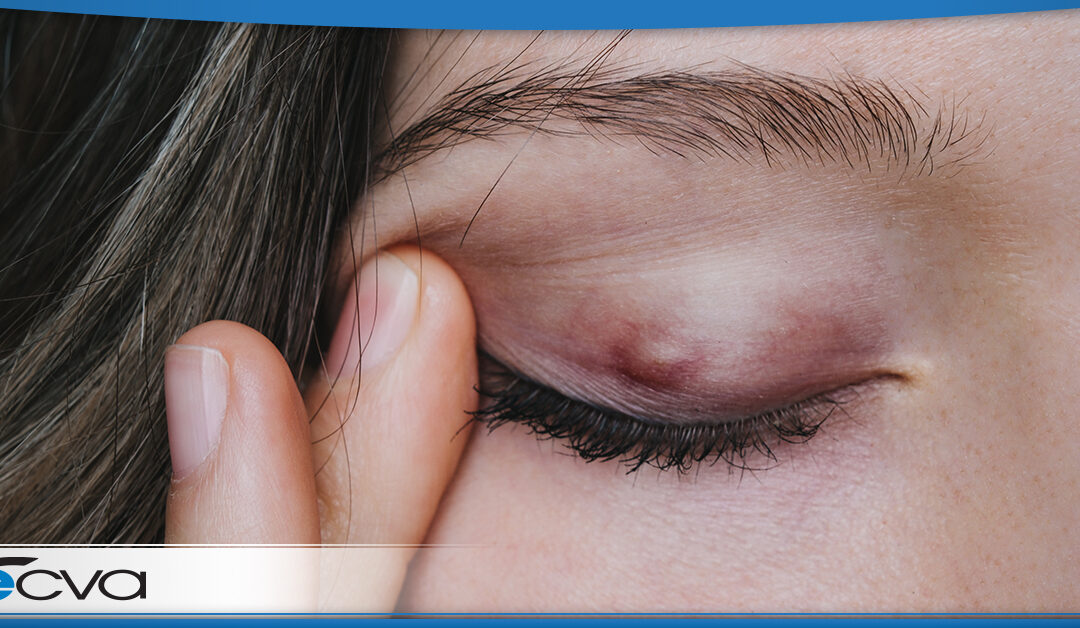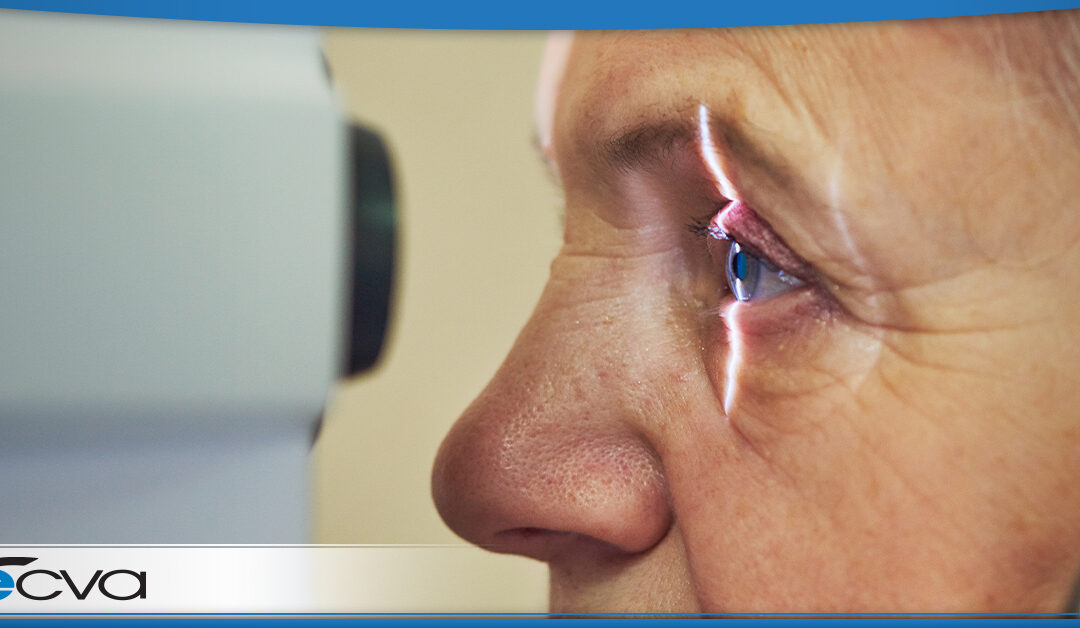
by ecvaeyeadminz | Aug 21, 2020 | Eye Health
Finding a bump near your eye is always startling. You may be wondering if it is dangerous or what you should do to handle it. How you should proceed depends on the kind of bump you find. If the lump is small and red – with or without a white head...

by ecvaeyeadminz | Aug 7, 2020 | Glaucoma
Glaucoma is an eye condition that can rob a person of their sight. It is the second-leading cause of blindness in the world, and about 3 million Americans suffer from it. While African Americans are most at risk of developing glaucoma,...




